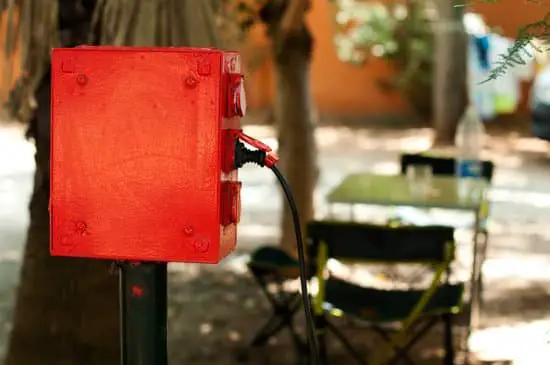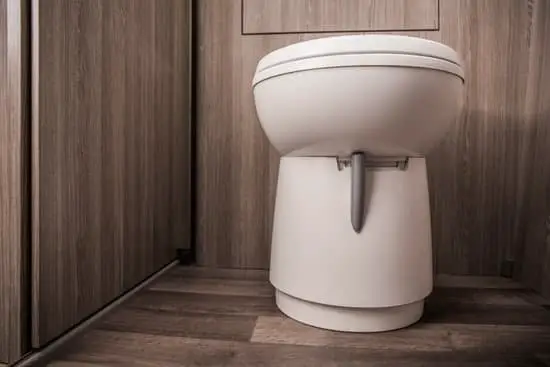This blog post will discuss the proper gauge of wire for 50 amp RV service. It will provide information about how to determine the amperage and voltage, as well as different types of wire that can be used for various applications.
What size wire for 50 amp RV service? When it comes to installing 50 amp RV service, you’re going to need a No. 4 AWG wire for the best performance. This size wire will be able to handle the higher amperage and voltage a 50 amp RV service requires.
What is gauge and AWG?
You’re probably wondering, is it ‘gauge’ or ‘AWG’? In reality, they are the same. When writing gauge and AWG (stands for American Wire Gauges). The larger the gauge size number is, the smaller diameter of the conductor, you have; a 22-gauge cable will be thinner than an 18-gauge one.
A wire gauge is a measurement of the diameter of the wire. The lower the number, the bigger and thicker it is.
How do I know what gauge my wire is?
To calculate the gauge of stranded wire, you’ll need to double the diameter. So, for example, let’s say we have a wire with 0.127 mm in thickness and 12 strands per inch (2 wires). Now if your measurements come out at about 0.005″ or 11/32″, then just multiply that by 2 because this is an easy rule of thumb: every strand will increase our measurement by 1/12th (.125) millimeter from here on out – all up until it reaches its maximum gauges such as 20AWG which has only one strand!
The article also talks about how important it is to make sure you have a big enough breaker installed for your RV’s power needs; no one wants to blow their breakers and not know why they did so!
It will help if you are able to calculate what size of wires and amps your rig requires before installing them. This way, two hours from now when someone flips on all the lights and plugs in the hairdryer – nobody gets shocked or burns up some wiring inside!
This might seem daunting at first but once you get an idea of how much power appliances use per hour, then it’s not so bad.
Can 10 gauge wire handle 50 amps?
Generally no. 10 gauge wire can handle 50 amps bare copper like a power line but the most insulated wire is rated at 35 amps max with a 30 amp circuit. If you need to use more than that, it’s best not to go for the thinner wires since they will heat up when there are so many currents running through them and risk shorting out or burning down!
As above, we recommend using at a minimum a 4 AWG wire for a 50 amp RV service.
Is a 50 amp RV plug 110 or 220?
A 50 Amp RV plug is 220 Volts if it has four prongs on the male and female plug. Two being 110 Volt to neutral or ground, and one prong being neutral while another round-shaped wire that’s connected to earth for protection from electric current fluctuations. The voltage between each of these two should be 220 Volts.
This is the same as for any other household appliance that runs on 110 volts and is wired to a 50 amp service with four prongs. A ground wire will also need to be present in order for this type of plug to work properly; without it, such plugs are considered unsafe because they can create dangerous voltages if not installed correctly.
What size wire for 30 amp RV service?
For a 30 amp RV service, we need to use a 10-gauge wire. This will allow you to operate the RV at a normal 30 amps and not risk wire overheating.
For up to 50 amp service, we recommend using 4-gauge wire which will allow you to operate the RV at 50 amps.
How Electricity Works In An RV
The way you calculate the maximum number of electrical devices is by using a formula. It’s called watts=amps x volts, or w=a x b. Let me explain what each one means for your RV:
-Watts represents how much power your device will use
-Amps are essentially voltage in amps which stands for amperes and measures current flow through an electric circuit (or appliance) to recharge batteries or run motors without getting too technical on this point; it just tells us about the amount that comes out from whatever outlet we’re plugged into! The more electricity going through here, these units measure what can be handled with ease before they “blow” as I like to call when things stop working altogether because there was too much power.
-Volts are volts, or potential difference of electrical energy that pushes current through an electric circuit (or appliance) the way pressure moves air in a pipe
Here’s how to calculate your total amp draw:
The amperage draw of any given electrical device can be calculated by dividing the watts it consumes by the number of volts at your disposal. The amount of current flowing through a wire is measured in amps or A.
The equivalent to available electricity at power sources is voltage, and this corresponds to how many electrons are able to flow per second across an electric field – so anything that limits electron movement will also limit overall charge transfer (such as resistance).
Conclusion
When it comes to wiring your RV for 50 amp service, you’re going to need a No. 4 AWG wire that can handle the high amperage and voltage required by this size of electrical service. If you don’t have any experience working with electricity or installing power lines in an RV, we recommend contacting an electrician instead of risking injury or damaging expensive equipment like air conditioners and refrigerators. What’s the best way to avoid problems? Get help from someone who knows what they are doing!






